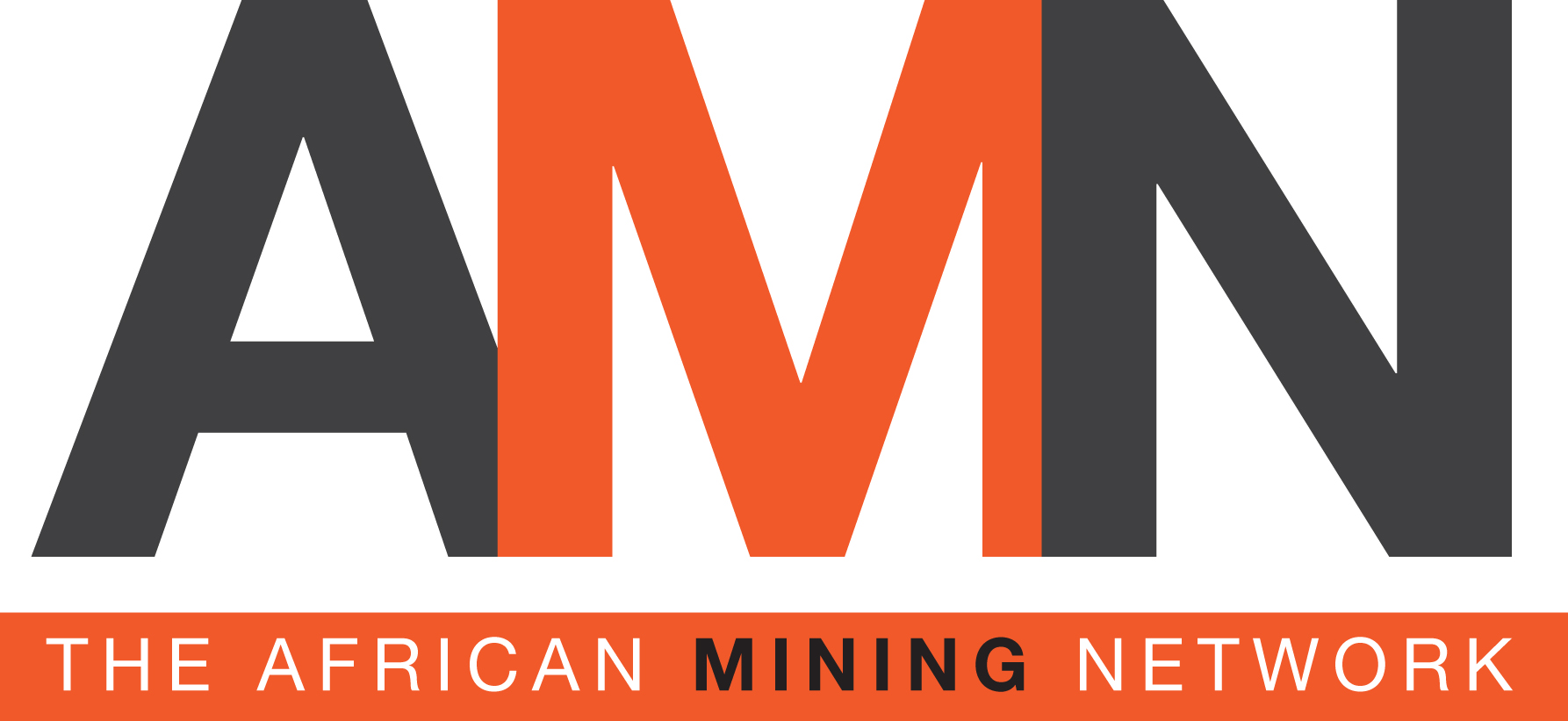- Yolanda Torrisi
- +61 412 261 870
- yolanda@yolandatorrisi.com
- Nina van Wyk
- +27 82 926 3882
- nina@africanminingnetwork.com
Ivanhoe Mines has released positive results of an Independent Prefeasibility Study for the planned first phase of mine development at the Kamoa copper project in the Democratic Republic of Congo.
First phase of development envisages an annual production rate of 100,000 tonnes of copper at a mine-site cash cost of $0.75/lb copper.
KGHM developed controlled convergence room-and-pillar mining method potentially could provide significant cost savings.
Ivanhoe Mines Executive Chairman Robert Friedland and CEO Lars-Eric Johansson welcomed the positive findings of the study.
The Kamoa copper project, a joint venture between Ivanhoe Mines and Zijin Mining Group, has been independently ranked as the world’s largest, undeveloped, high-grade copper discovery by international mining consultant Wood Mackenzie.
The Kamoa 2016 Prefeasibility Study reflects the initial phase of project development and describes the construction and operation of a 3 million tonnes/year underground mine, concentrator processing facility and associated infrastructure. The first phase of mining would target high-grade copper mineralisation from shallow, underground resources to yield a high-value concentrate. The planned second phase would entail a major expansion of the mine and mill, and construction of a smelter to produce blister copper.
The Kamoa 2016 Prefeasibility Study includes an economic analysis that is based on Probable Mineral Reserves.
Highlights of the Kamoa 2016 Prefeasibility Study:
- Annual mine production of 3 million tonnes/year at an average grade of 3.86% copper over a 24-year mine life, resulting in annual copper production of approximately 100,000 tonnes
- Initial capital cost, including contingency, is $1.2 billion, approximately $200 million lower than estimated in the Kamoa 2013 PEA
- Life-of-mine average mine-site cash cost is $0.75/lb of copper
- After-tax NPV at an 8% discount rate of $986 million
- After-tax IRR of 17.2% and a payback period of 4.6 years
- High-grade copper concentrate with an average grade of 39.2% copper and very low arsenic levels
- Improvements to the mining method have the potential to reduce average mine site cash cost during the first phase to $0.61/lb of copper, and improve the after-tax NPV at an 8% discount rate to $1.182 billion, the IRR to 18.9% and the payback period to 4.3 years.
“The results of this independent Prefeasibility Study confirm the robustness of the Kamoa project over a wide range of copper prices, with the potential for significant improvement in the results as we move forward on the feasibility study,” said Friedland.
“We know of no other copper project in the world that offers the potential of multi-decade, large-scale, mechanised production from a near surface, stratiform deposit grading nearly 4% copper, with the demonstrated potential for further high-grade discoveries nearby, and located close to a major mining centre.
“With the support of our partners, including our joint-venture partner, Zijin Mining, our employees, local entrepreneurs and community members, and the DRC government, we are looking forward to building a major new, safe, mechanised copper mine on the western edge of the DRC’s famous Copperbelt.”
The Kamoa 2016 PFS has identified several areas for further evaluation to optimize the project’s economics, including:
- The use of controlled convergence room-and-pillar mining, which has been successfully used by KGHM at its copper-mining operations in Poland for the past 20 years. Based on detailed analysis by KGHM Cuprum R&D Centre Ltd, this mining method appears to be well suited to the Kamoa deposit and, if implemented, potentially could provide significant cost savings as there would be no requirement for cemented backfill and ore extraction ratios would increase
- Increased production up to 4 million tonnes/year from the proposed initial mining area, with only limited adjustments to the ore-handling and ventilation systems, thereby resulting in a more efficient use of capital

